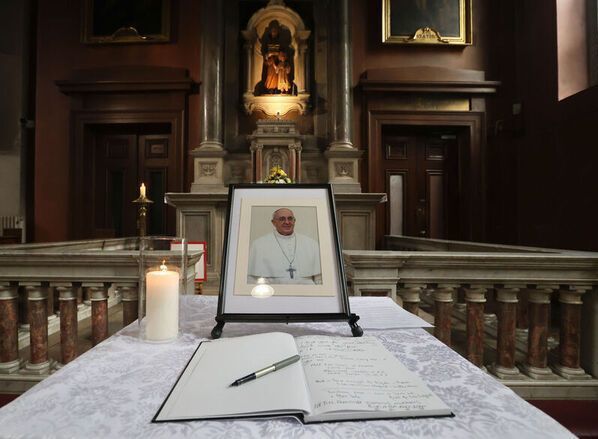Ancient skeletal remains, which local historians believe could date back to ninth century Viking invaders, have been discovered on a farmland in County Dublin.
The discovery was made by contractors from energy company EirGrid, who were laying piping for a high voltage direct current underground power line as part of the largest energy project in the country.
The unrecorded burial ground was discovered in Rush in the north of the county. An on-site archaeologist has informed the National Monuments Service and is expected to be given the go-ahead to carry out a full archaeological survey.
It is not yet known how many bodies are buried or exactly when they date back to; however, local historians have mentioned a possible Viking connection, as several skulls and bones were recovered on a strip of land near Rogerstown estuary, which was close to the former post of Lusk, used by the Scandinavians.
A spokeswoman for EirGrid said the section of land has been cordoned off and was being protected from heavy rainfall until examinations can be completed. However work is continuing in the surrounding area.
"A previously unrecorded burial ground has been located on private land in Rush, which wasn't marked on any ordnance survey map," the spokeswoman said.
She added there was no evidence of disturbance on the land before the 1.5-meter deep trench was dug on the farmland.
Local historian, Kevin Thorpe, said the discovery sounded like a Viking burial ground.
"It all depends on whether the bodies were crisscrossed or buried in straight lines, if there was any clothing on them, the composition, and if they were men or women, or young and old," he said.
Mr. Thorpe, who is a member of the Loughshinny and Rush Historical Society, said the area was also the final resting place of hundreds of people when a ship called the Tayleur was shipwrecked off nearby Lambay Island in 1854.
"Altogether more than 300 people went down with that ship, mostly women and children. The location of their remains is a mystery," he said.









